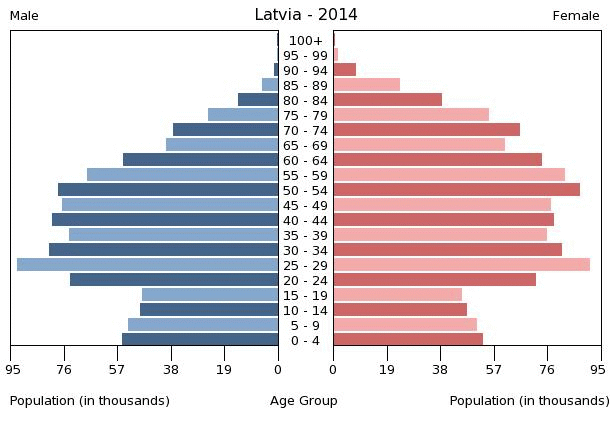Thanks for that, RN7. Can JDAMs and/or other "smart" munitions function fully without GPS sats
I don't like where this is heading:
NATO needs to do more of this, but hold them in the Baltic States, or at least practice larger scale emergency deployments there.
The one major downside to large scale manouvers in the Baltics is that the Russians may see them as deliberate provocations, prompted Moscow to launch its own large scale manouvers on the other side of the border. This could provide a convenient cover for assembling an actual invasion force. It's a damned if you do, damned if you don't scenario.
I don't like where this is heading:
NATO needs to do more of this, but hold them in the Baltic States, or at least practice larger scale emergency deployments there.
The one major downside to large scale manouvers in the Baltics is that the Russians may see them as deliberate provocations, prompted Moscow to launch its own large scale manouvers on the other side of the border. This could provide a convenient cover for assembling an actual invasion force. It's a damned if you do, damned if you don't scenario.





Comment